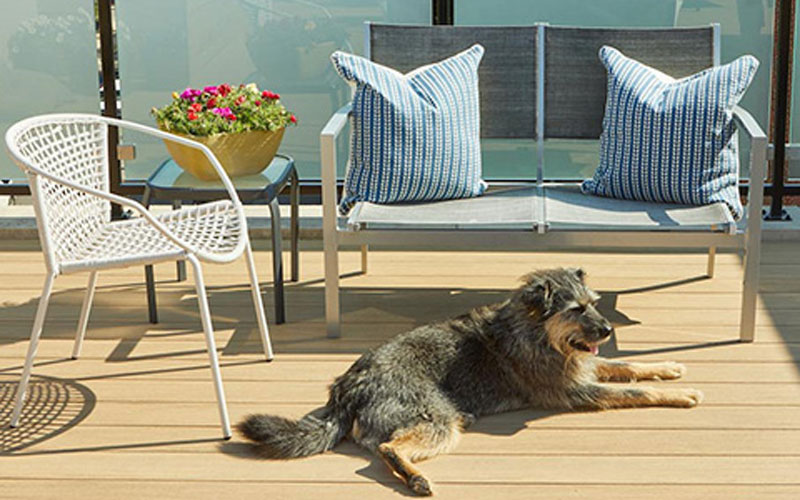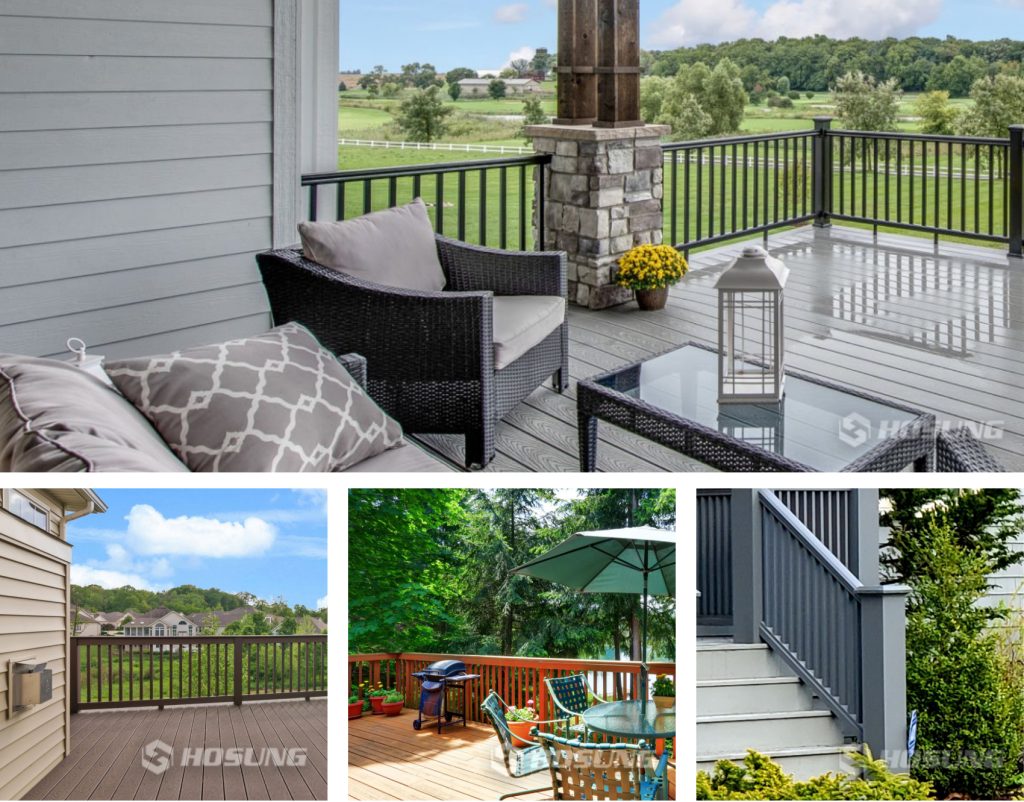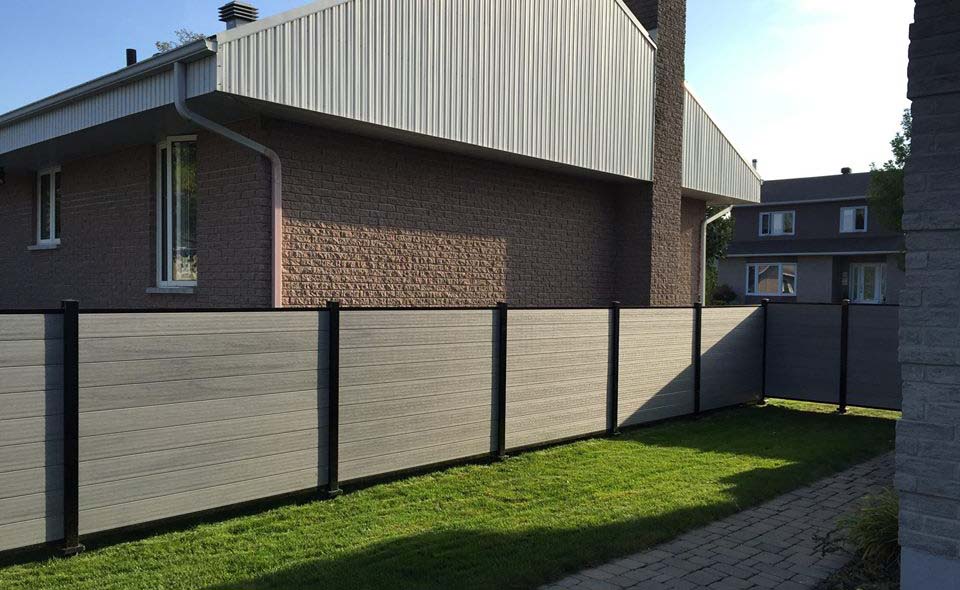When considering a decking project in Australia, whether it be for a backyard, poolside or commercial building, choosing the right decking material is vital. In Australia, where the weather varies from blistering heat in the north to humid and coastal conditions in the south, choosing the ideal decking material becomes even more important. This article will explore the various decking options available in Australia, providing insight into the different materials, their pros and cons, maintenance requirements and how to choose the best material for your needs.
Table of Contents
Why Decking is Important in Australia
WPC flooring has become a must-have in Australian homes, especially for creating outdoor living spaces that blend seamlessly with nature. Whether you want to landscape your garden, build a deck around a pool, or renovate your home with a stylish new terrace, flooring offers durability, beauty and practicality. Australian homeowners, builders, contractors and architects are looking for flooring solutions that are suitable for the local climate, cost-effective and provide long-term value.
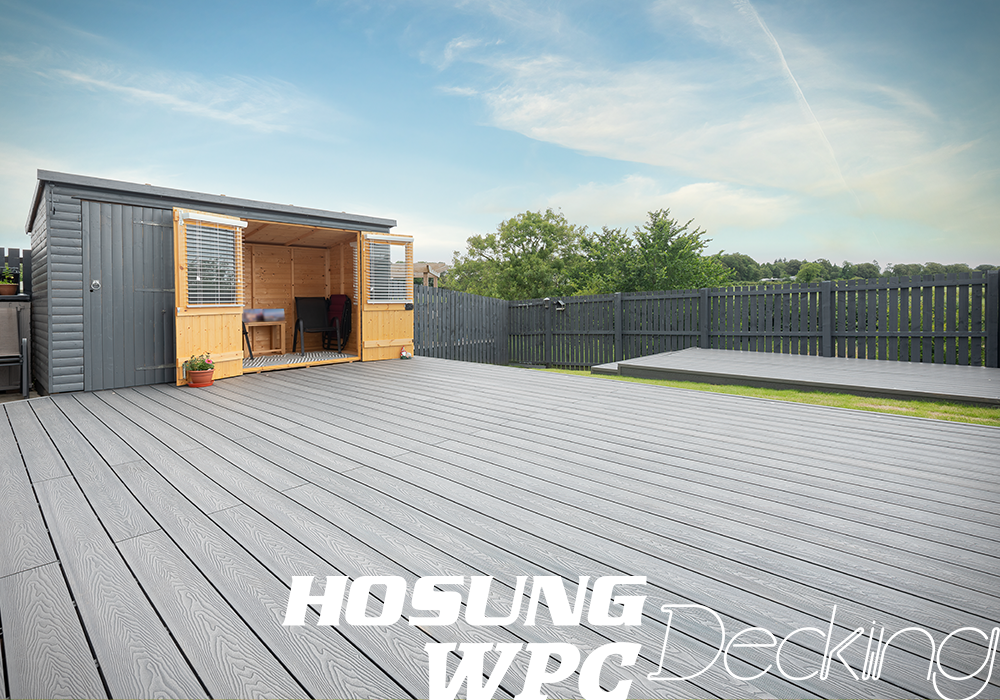
The Main Types of Decking Options Australia
In Australia, there are several decking options australia available. The right choice depends on your climate, budget, and aesthetic preferences. The most popular decking materials include timber, composite decking (WPC), PVC, and aluminium. Let’s delve deeper into each option.
1. Timber Decking
Timber decking remains one of the most popular choices in Australia. It offers a natural look and is highly versatile, available in various types of wood such as treated pine, cedar, hardwood, and redwood.
Pros of Timber Decking:
- Natural Aesthetic: Timber provides a warm, natural look that complements any outdoor space.
- Affordability: Timber decking is generally more affordable than composite options.
- Customization: It can be easily stained, painted, or treated to match your style.
Cons of Timber Decking:
- Maintenance: Timber decks require regular maintenance, including sealing, staining, and re-oiling to prevent rotting, warping, and splintering.
- Susceptibility to Pests: Timber decking, particularly untreated wood, can be vulnerable to termites and rot, especially in coastal areas with high humidity.
Best for: Homeowners who appreciate natural materials and are willing to invest in maintenance.
2. Composite Decking (WPC)
Wood-plastic composite (WPC) decking is an increasingly popular option for Australian homeowners due to its durability and low maintenance requirements. Composite decking combines wood fibers with plastic to create a material that mimics wood but offers greater longevity.
Pros of Composite Decking:
- Low Maintenance: Unlike timber, composite decking does not require painting, staining, or oiling. A simple wash with water and soap is sufficient.
- Durability: It is resistant to fading, scratching, and staining, making it ideal for areas exposed to harsh sunlight or wet conditions.
- Eco-friendly: Many composite decking brands use recycled materials, making it a sustainable choice.
Cons of Composite Decking:
- Higher Initial Cost: While composite decking tends to have a higher upfront cost compared to timber, the reduced maintenance costs can make it more economical in the long run.
- Limited Aesthetic Options: While composite decking comes in a variety of colors and textures, it may lack the natural charm and warmth that timber provides.
Best for: Homeowners and commercial projects looking for a durable, low-maintenance solution.
3. PVC Decking
PVC decking is a synthetic material made entirely from plastic. It offers a range of benefits, particularly in terms of weather resistance and ease of maintenance.
Pros of PVC Decking:
- Water Resistance: PVC decking is highly resistant to water damage, making it an excellent choice for coastal and wet areas.
- Low Maintenance: Like composite decking, PVC does not require sealing, staining, or painting. It can be cleaned easily with soap and water.
- Durability: PVC decking is resistant to mold, mildew, and termites.
Cons of PVC Decking:
- Price: PVC decking is generally more expensive than timber or composite options.
- Appearance: Some people find the look of PVC less authentic compared to wood, though many manufacturers offer realistic textures and finishes.
Best for: Homeowners in coastal or wet regions who prioritize water resistance and ease of maintenance.
4. Aluminium Decking
Aluminium decking is a high-end option that offers exceptional durability and resistance to the elements. It is often used in commercial and high-end residential projects.
Pros of Aluminium Decking:
- Longevity: Aluminium decking can last for decades with minimal maintenance.
- Fire Resistance: It is non-combustible, making it ideal for bushfire-prone areas in Australia.
- Lightweight: Aluminium is much lighter than wood or composite materials, making it easier to install.
Cons of Aluminium Decking:
- Cost: Aluminium decking is one of the most expensive decking materials available.
- Limited Aesthetic Appeal: While it offers great functionality, some people feel that aluminium lacks the natural look and warmth of timber or composite decking.
Best for: Commercial properties, or homeowners in bushfire-prone areas looking for a fire-resistant solution.
5. Hybrid Decking
Hybrid decking combines elements of wood and composite decking, offering a balance between the natural look of wood and the durability of composite materials. Hybrid decking is becoming increasingly popular as it combines the benefits of both timber and composite decking.
Pros of Hybrid Decking:
- Durable and Aesthetic: Offers the natural look of wood with the durability of composite materials.
- Lower Maintenance: Requires less upkeep than timber, with similar characteristics to composite decking.
Cons of Hybrid Decking:
- Cost: Hybrid decking can be more expensive than traditional timber but typically less expensive than full composite decking.
Best for: Homeowners who want the look of natural wood but the durability of composite materials.
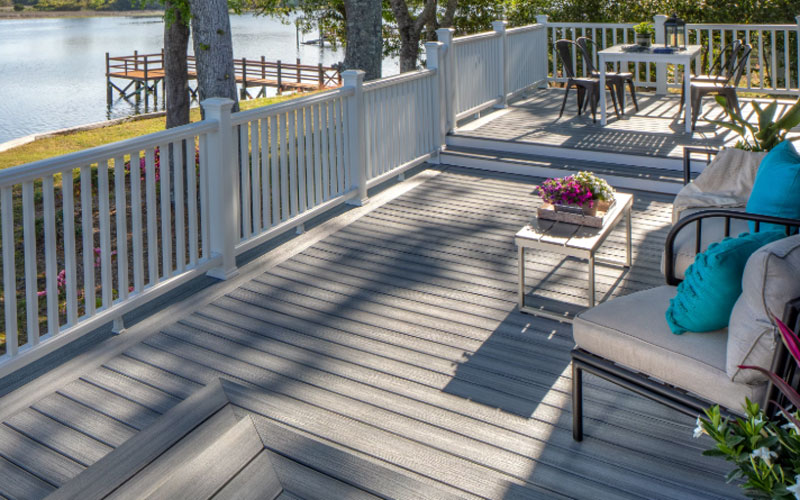
How to Choose the Best Decking for Your Needs
Choosing the right decking material for your outdoor space depends on several factors. Here are some key considerations to help you make the best decision:
1. Climate and Weather Conditions
Australia’s diverse climate makes it essential to choose a decking material that can withstand the local weather. For example, timber decking may be a poor choice in coastal areas due to its susceptibility to termites and rot. In contrast, composite and PVC decking are highly resistant to moisture, making them ideal for humid or rainy regions.
2. Maintenance Requirements
If you prefer low-maintenance decking, consider composite, PVC, or aluminium options. These materials require less frequent cleaning and no painting or staining. Timber decking, while beautiful, will require regular maintenance to protect it from the harsh Australian sun and unpredictable weather.
3. Budget
Your budget will play a significant role in determining which decking material you choose. Timber decking is often the most affordable upfront, but it comes with long-term maintenance costs. Composite and PVC decking materials tend to have higher initial costs but are more cost-effective in the long run due to their low maintenance.
4. Aesthetic Preferences
The look and feel of your deck should complement your home’s exterior. Timber decking offers a natural warmth and character, while composite and PVC options come in a wide variety of colors and textures to suit different styles.
5. Sustainability
If sustainability is important to you, consider choosing eco-friendly decking options such as composite decking made from recycled materials. Timber decking can also be sourced sustainably, but it is essential to check for certification from responsible forest management bodies.
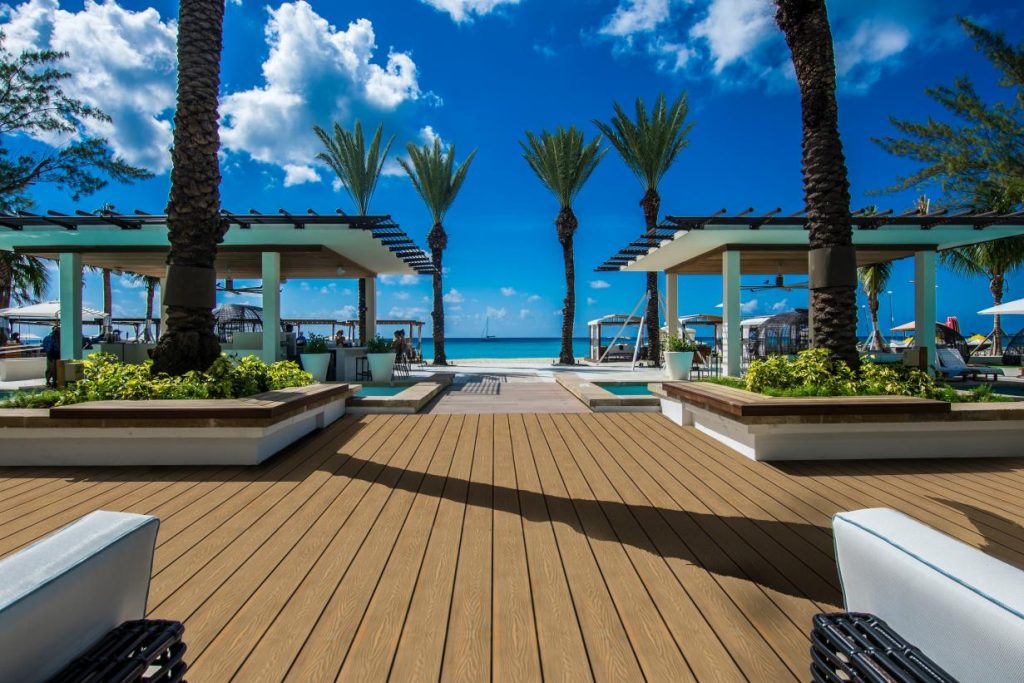
Conclusion
Choosing the right decking material for your home or project is an important decision that requires careful consideration of factors like durability, aesthetics, maintenance, and cost. In Australia, with its diverse climate and outdoor lifestyle, decking is not just a functional addition; it is an integral part of creating a beautiful and durable outdoor living space. Whether you opt for timber, composite, PVC, aluminium, or hybrid decking, understanding the pros and cons of each material will help you make an informed choice that suits your needs.
For those looking for low-maintenance, long-lasting, and aesthetically appealing decking options, composite and PVC are excellent choices. If you’re drawn to the natural beauty of timber and are willing to invest in maintenance, timber decking may be the right option for you. No matter your preference, the right decking will transform your outdoor space into a place for relaxation and enjoyment. If you are considering WPC decking, welcome to contact Hosung WPC!

